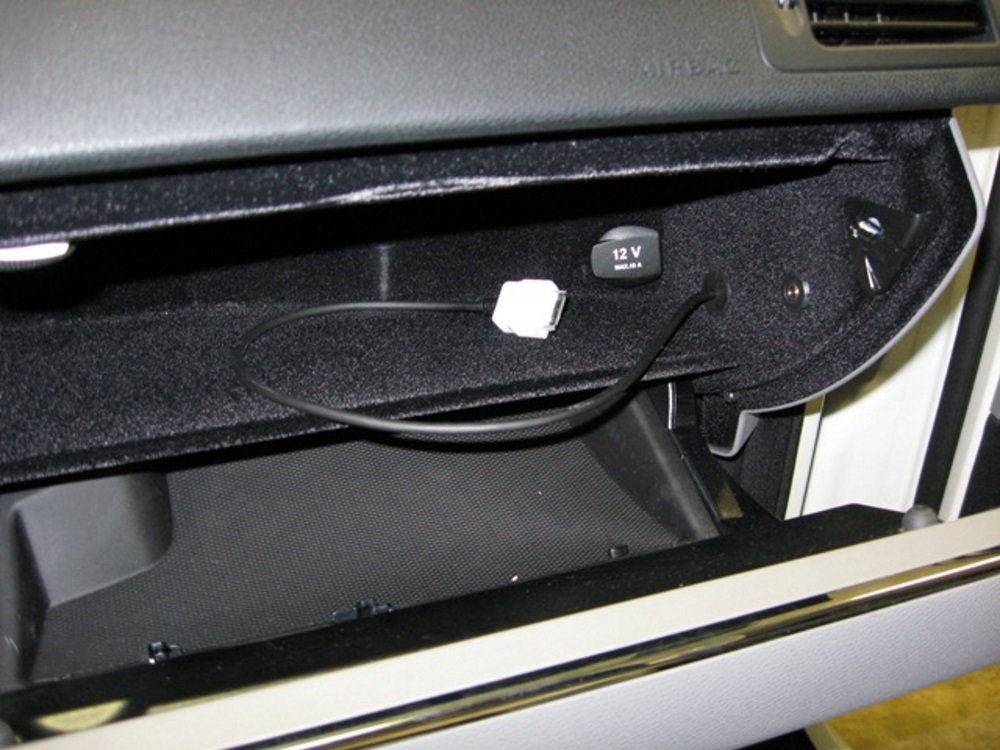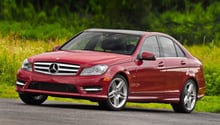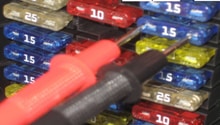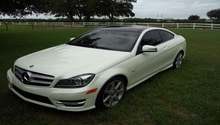Mercedes-Benz W204 C-Class: Secrets of the W204
Every car has some quirks associated with it, but there are some fun facts that even the most hardcore MBWorld users don't know about.
This article applies to the Mercedes-Benz C-Class W204 (2007-2014).
Mercedes-Benz manufactured its C-Class W204 line of cars between 2007 and 2014. During that time, it sold over 2.4 million W204 cars worldwide, which led to numerous benchmarks that have yet to be surpassed. For one, it ranks the vehicle as its second best-selling entry-level vehicle in North America. It’s also the most popular mid-priced sedan in Mexico. There are numerous reasons why this particular car is so popular. Read on to learn more about some of its more interesting features and qualities.
Secrets of the C-Class W204
- If you have an iPod or smartphone that you bring with you in your C-Class W204, then you’ll be pleased to know there’s an auxiliary input tucked away in the glove compartment, which you can access vis-à-vis the car’s CD menu (in the non-multimedia package). This allows for full integration into the stock stereo, including track and playlist changing via the radio buttons.

- If you have an automatic transmission, push the stick to the left and hold—doing this will downshift the car to the lowest gear possible which, in turn, will allow you to be in the powerband to pass other cars. Push the stick to the right and hold to go back into normal automatic shifting mode.
- A slight tap of up or down on the turn signal will prompt the turn signal to flash three times for a lane change; it then shuts off automatically. This gives the driver the option of not having to fully engage the turn signal and then shut it off automatically.
- Lesser known fact: the brakes are designed to operate at peak efficiency when feathered. The pedal is pre-pressurized to allow for maximum braking force in case of an emergency situation. They are also prompted to operate in a heightened level of “awareness,” after the car’s computer records a certain number of windshield wipes.
- For the European models that have sunroofs, if the device is left open on a particularly sunny/hot day, or a rainy one, the car will automatically close it if it’s in park.

- Safety systems: regarding the "pre-safe" system, the car will automatically close all open windows and the sunroof, and move the seats, headdress and steering wheel into a protective position in just milliseconds when it detects an accident is imminent. The "post-safe" system, which is after an accident has occurred, sees the car do things like shut down the engine, cut off the fuel supply, turn on the hazard lights, lower the windows slightly, and unlock all doors automatically.
- There’s a rollback assist system in place that works when you’re stopped on an incline or decline—simply tap the brakes a little harder and release, the car will hold itself in place for a few seconds before it begins to roll again.
- Autosense wipers are just as the name suggests, and they work great during misty/foggy mornings.
- When you leave your headlights on in “automode,” the parking lights and fog lights will remain lit when you either arm or disarm the car in the dark.
- When you pop the car’s trunk up while in the driver’s seat, you can still see out the back via the center mirror. That’s because the hinge lifts the cover up and away, thereby allowing the driver to see oncoming traffic before opening the door.

Related Discussion
- W204 Secrets Thread - MBWorld.org






